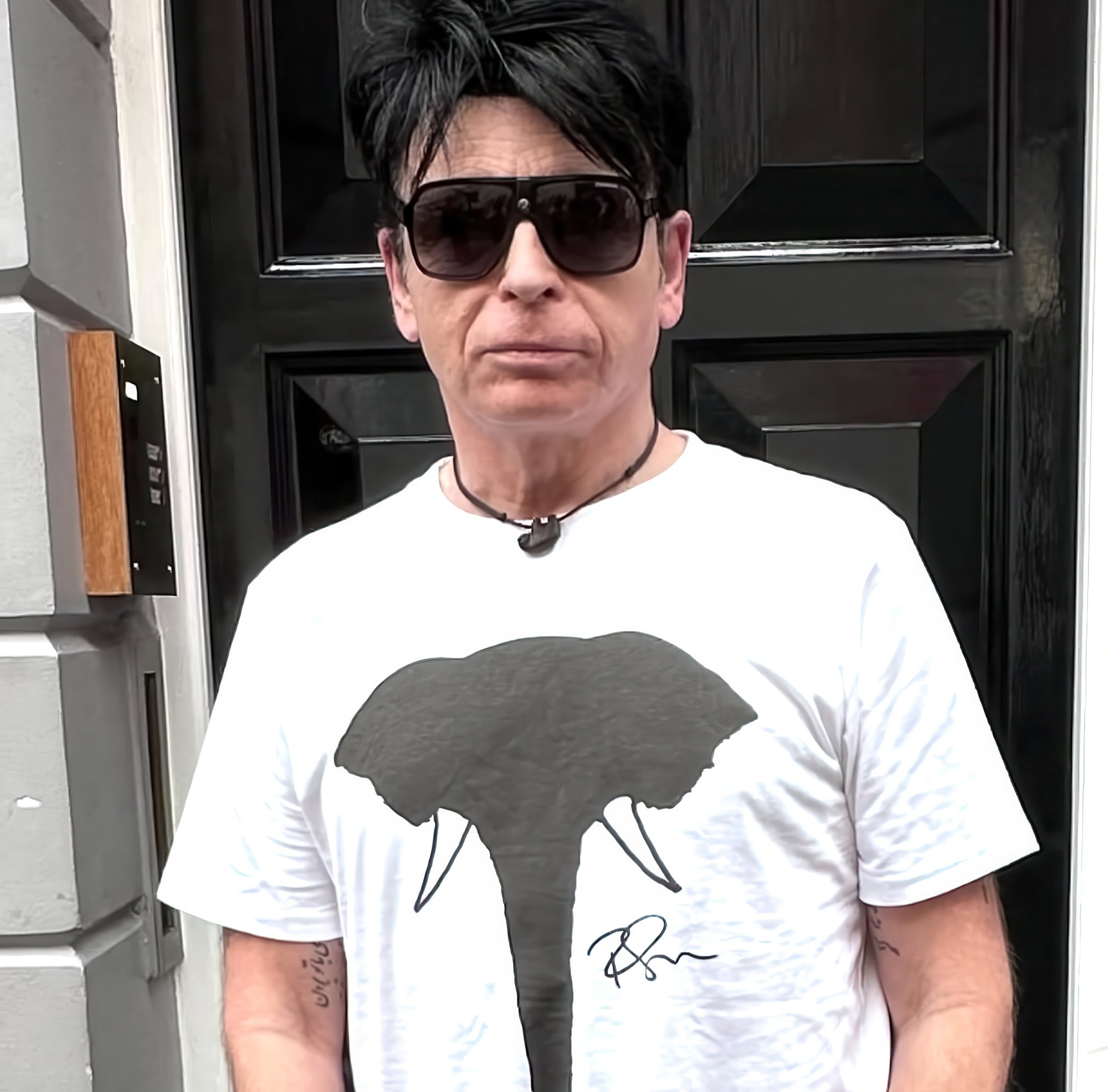YouTube Launches AI Music Remixes, Live-Stream Reminders, and Shorts Conversion Updates
Image Credit: Alexander Shatov | Unsplash
YouTube continues to innovate its platform with the introduction of several new features aimed at empowering creators and enhancing user engagement. In its latest weekly update, the video-sharing giant has announced expansions to its generative AI capabilities, new live-stream notification options within the Shorts feed, and clarified its strategy for converting shorter videos into Shorts. These developments reflect YouTube's ongoing commitment to integrating advanced technologies and responding to the evolving needs of its creator community.
[Read More: Your “Personal” YouTube Videos Help Train the Next Tech Revolution?]
Expanding Generative AI with Dream Track Remix Options
YouTube is broadening its generative AI music initiative through the "Dream Track" project. This expansion now includes an AI remix feature, allowing creators to generate unique 30-second soundtracks for their Shorts. Currently available to a select group of creators, this feature enables users to restyle eligible songs by specifying desired genres or moods. The AI then produces a customized remix that retains the original vocals and lyrics, offering a fresh take on the original track.
Implications for Musicians and Creators
This enhancement underscores YouTube’s strategic partnerships with musicians and publishers, ensuring that only certain tracks are available for remixing. By providing artists with the ability to reimagine their music while maintaining proper attribution, YouTube fosters a collaborative environment that could lead to increased listener engagement. The potential for an infinite number of remixes may attract a broader audience, making music on the platform more interactive and dynamic.
Selective Rollout and Future Prospects
Currently, the AI remix feature is in the experimental phase, accessible to a limited group of creators. However, the Dream Track project itself was made available to all U.S. creators last month, indicating YouTube’s phased approach to feature deployment. As the platform gathers feedback and refines the technology, wider availability could significantly impact how music is created and consumed on YouTube.
[Read More: Google Launches MusicFX DJ, AI Sandbox & Dream Track: Transforming Music Creation with AI Tools]
Introducing Live-Stream Reminders within Shorts
In addition to its AI advancements, YouTube is enhancing its Shorts functionality by allowing creators who post both Shorts and live-streams to include reminders for upcoming broadcasts directly within the Shorts feed. This new option ensures that viewers are notified about scheduled live-streams 24 hours in advance.
Boosting Live-Stream Visibility
By integrating stream reminders into the Shorts feed, YouTube aims to increase the visibility of live broadcasts. Given the immense popularity of Shorts, this feature provides creators with a strategic tool to promote their live-streams, potentially driving higher viewer turnout and fostering a more engaged audience. The reminder option operates seamlessly; creators simply need to schedule a stream, and the platform handles the rest, ensuring that Shorts viewers are kept informed without requiring additional effort from the creators.
Strategic Benefits for Creators
This update offers creators a convenient method to highlight their live-stream activities, enhancing their overall presence on the platform. As live-streaming continues to grow in popularity, integrating reminders within the highly trafficked Shorts feed can serve as a powerful means to attract more viewers and build a loyal following.
[Read More: YouTube Music is Using AI to Fit into Your Mood?]
Clarifying the Conversion of Short Videos to Shorts
YouTube has also provided further clarification regarding its initiative to convert all video uploads of three minutes or less into Shorts. Initially announced last month, this strategy aims to standardize the presentation of short-form content within the Shorts feed. However, the rollout has been met with some confusion, prompting YouTube to elaborate on the specifics.
Eligibility and Implementation Details
Pre-October 15 Uploads: Vertical videos between one to three minutes uploaded before October 15 will not qualify for the Shorts feed and will not be listed as Shorts.
Post-October 15 Uploads: Videos of three minutes or less uploaded after this date will automatically be categorized as Shorts and become eligible for inclusion in the Shorts stream.
YouTube is in the process of implementing this conversion across the platform, with full, platform-wide application expected by early next month. Creators who do not yet see their short videos reflected as Shorts can anticipate this change in the near future.
Impact on Content Strategy
This clarification helps creators understand how their content will be categorized and discovered on the platform. By streamlining short-form videos into the Shorts feed, YouTube reinforces its focus on competing with other short-video platforms like TikTok and Instagram Reels. Creators may need to adjust their content strategies to align with this shift, optimizing their videos for maximum visibility within the Shorts ecosystem.
[Read More: Are You Ready to Generate Your Own Music?]
Historical Context
Founded in 2005 by Chad Hurley, Steve Chen, and Jawed Karim, all former PayPal employees (PayPal, co-founded by Elon Musk), YouTube started as a platform for users to upload and share videos. The first video, titled 'Me at the Zoo,'was uploaded by Karim on April 23, 2005. The platform experienced rapid growth and was acquired by Google in 2006 for $1.65 billion.
Source: Social Media Today, Wikipedia












